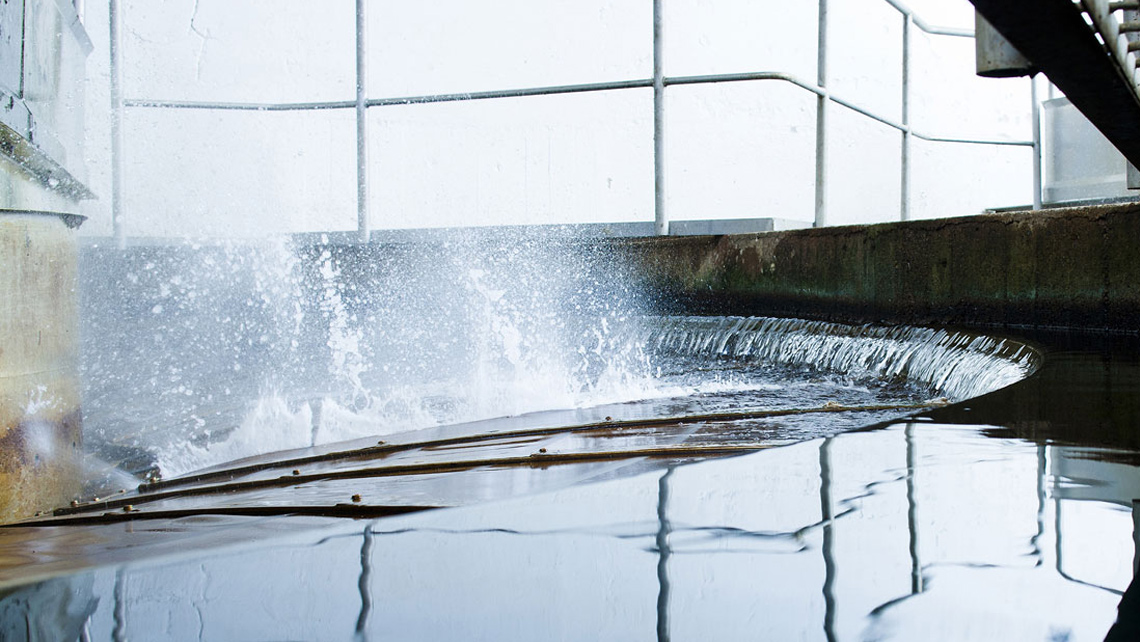Water treatment operations at pulp and paper mills must balance stricter water usage limitations and tightening environmental regulations while maintaining production efficiency. With some mills forced to halt operations due to water scarcity and others facing significant fees for freshwater usage, the industry needs solutions for sustainable water management that don’t compromise operational performance.
This technical article discusses modern water management challenges and presents an innovative solution: recycling treated effluent back into the raw water system.
Download and read the article from our experts to:
- Learn how to reduce freshwater consumption by up to 50% with efficient effluent recycling
- Access studies that demonstrate high effluent recycling ratio feasibility
- Discover opportunities to reduce water intake, wastewater discharge, and operational costs
- Understand practical implementation and potential challenges
- Gain insight into digital monitoring and control solutions for optimized water management
With the introduced method, pulp and paper mills can replace 25–50% of their raw water needs with treated effluent, while maintaining process water quality and reducing wastewater discharge.
This article provides detailed insights into implementing this recycling approach, showing how mills can leverage their existing water treatment processes for effectively treating the recycled effluent.
Drawing from real-world experience, it also addresses practical considerations and challenges and, additionally explores how mills can optimize the effluent recycling process through digital monitoring and control solutions. The combination of proven water treatment methods with advanced digital capabilities offers mills a practical path to improved water management.
Download now to learn how your mill’s water management could benefit from effective effluent recycling and help you reduce freshwater consumption and wastewater discharge.



